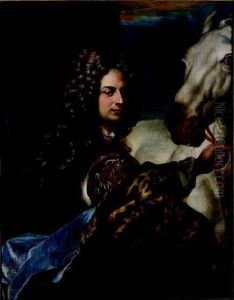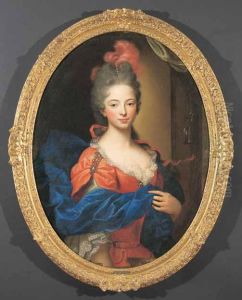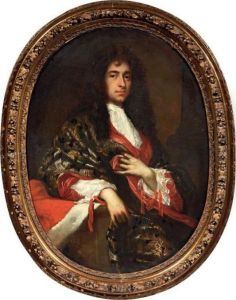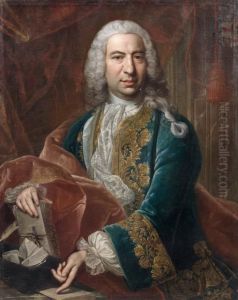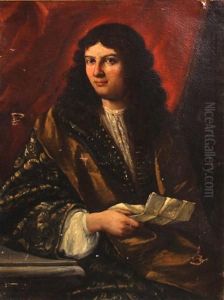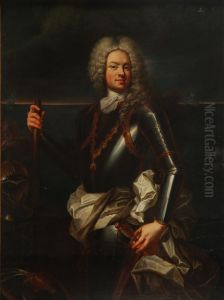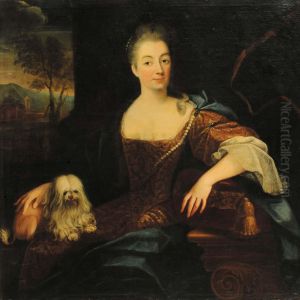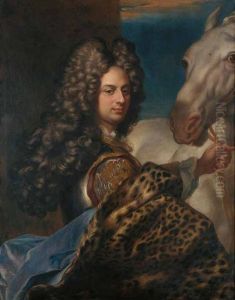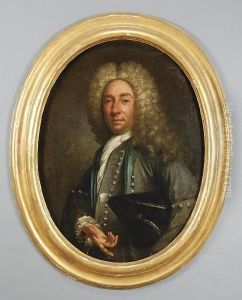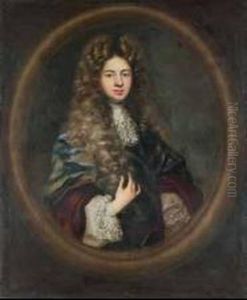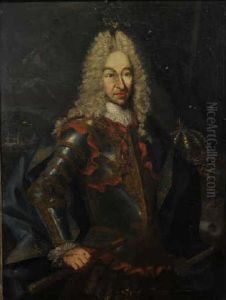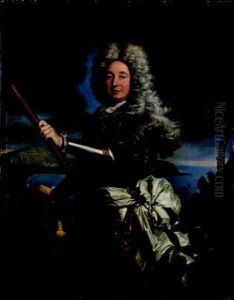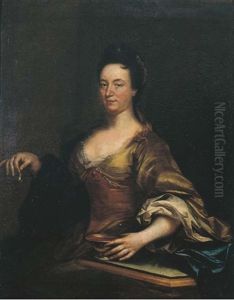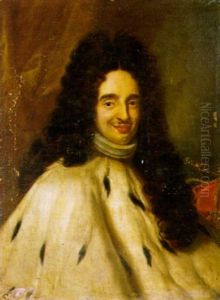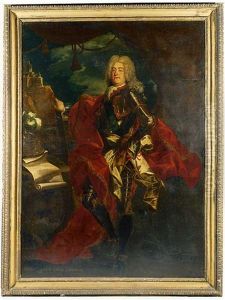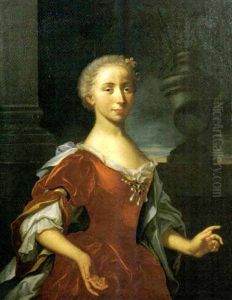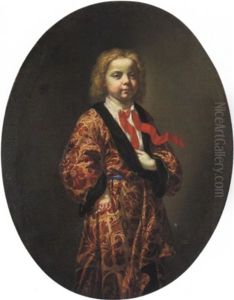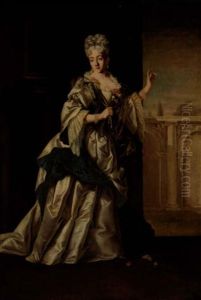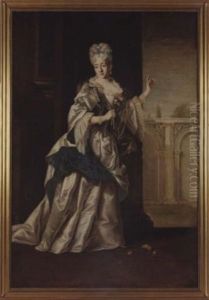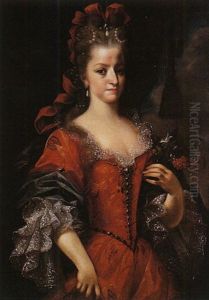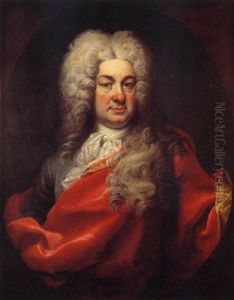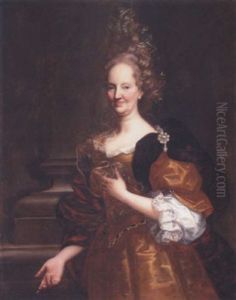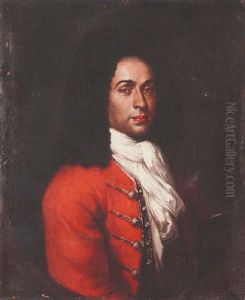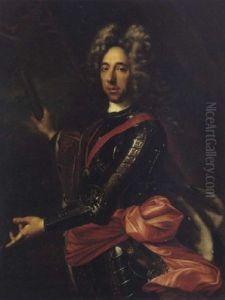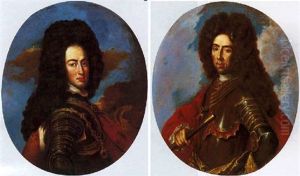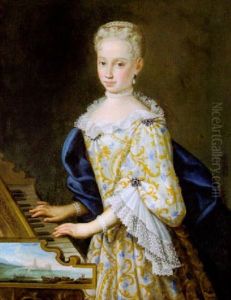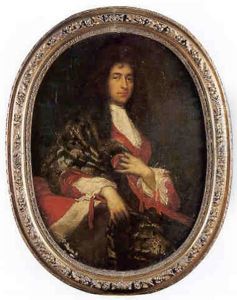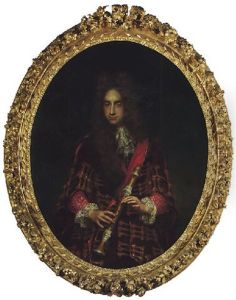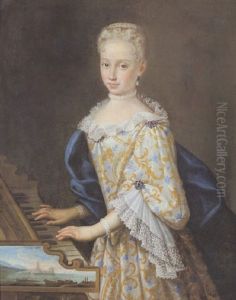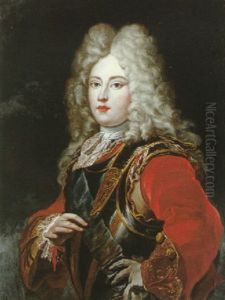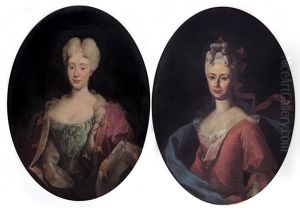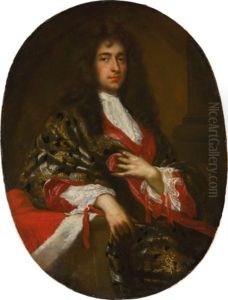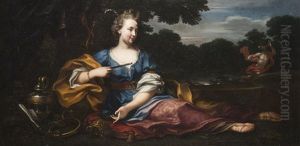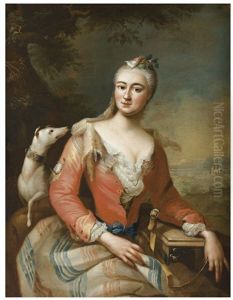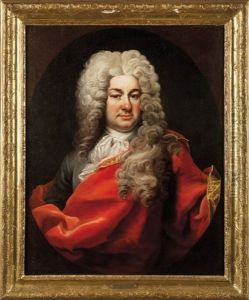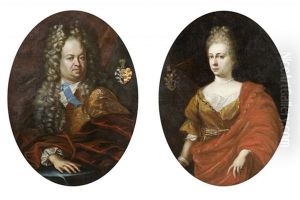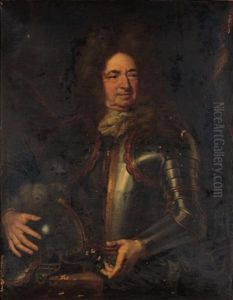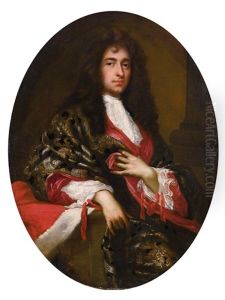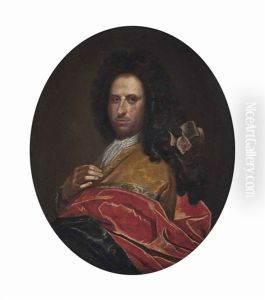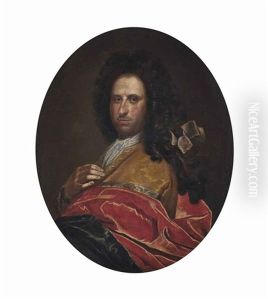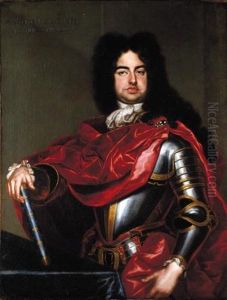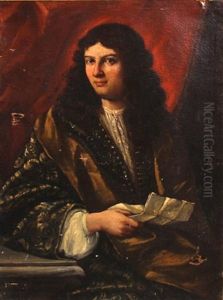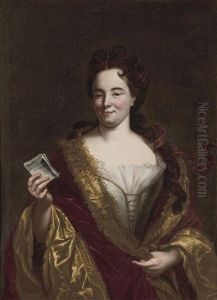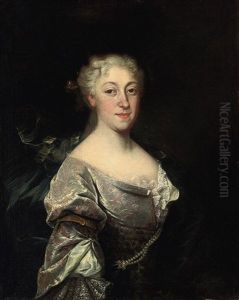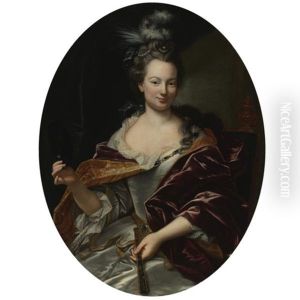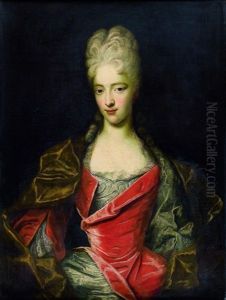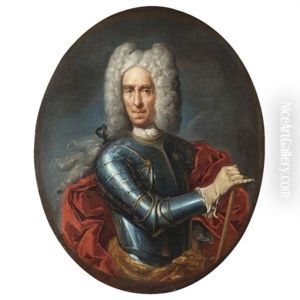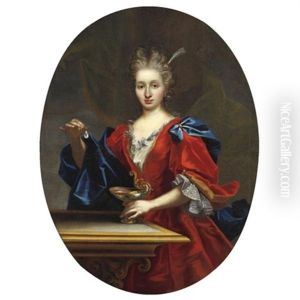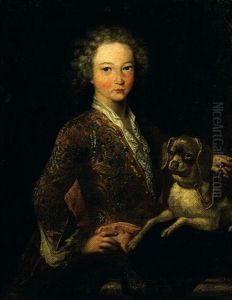Giovanni Maria Delle Piane Paintings
Giovanni Maria Delle Piane, also known as Giovanni Maria delle Piane or by his nickname Il Molinaretto, was an Italian painter born in 1660 in Genoa. His artistic journey began under the tutelage of Domenico Piola, a prominent figure in Genoa's baroque art scene. Delle Piane's early exposure to Piola's workshop played a significant role in shaping his artistic style, which was deeply rooted in the Baroque tradition.
Delle Piane's work is characterized by its vibrant colors, dynamic compositions, and the emotional depth of its subjects. He was particularly renowned for his portrait paintings, through which he gained considerable fame during his lifetime. His ability to capture the essence and personality of his sitters made him a sought-after portraitist among the Genoese aristocracy and ecclesiastical patrons.
Apart from portraits, Delle Piane also engaged in creating religious and mythological paintings, showcasing his versatility as an artist. His religious works often featured in local churches and confraternities, contributing to the rich tapestry of Genoese Baroque art. Despite the popularity of his portraits, these religious and mythological scenes are considered by some scholars as pivotal in understanding the breadth of his artistic contributions.
Throughout his career, Giovanni Maria Delle Piane's work reflected the transition from the high Baroque to the more delicate Rococo style, a shift that was happening across Europe during his lifetime. This transition is evident in the lighter color palette and softer lines of his later works, distinguishing him among his contemporaries as a pivotal figure in the evolution of Italian Baroque art.
Delle Piane's legacy extends beyond his paintings. He was influential in the Genoese art scene, inspiring the next generation of artists. Despite the prominence he enjoyed during his lifetime, Delle Piane's work was somewhat overshadowed in later centuries by other Baroque masters. However, recent scholarship has begun to re-evaluate his contributions, recognizing him as a key figure in the development of 17th and early 18th-century Italian art. Giovanni Maria Delle Piane passed away in 1745 in Genoa, leaving behind a body of work that continues to be appreciated for its artistic merit and historical significance.
